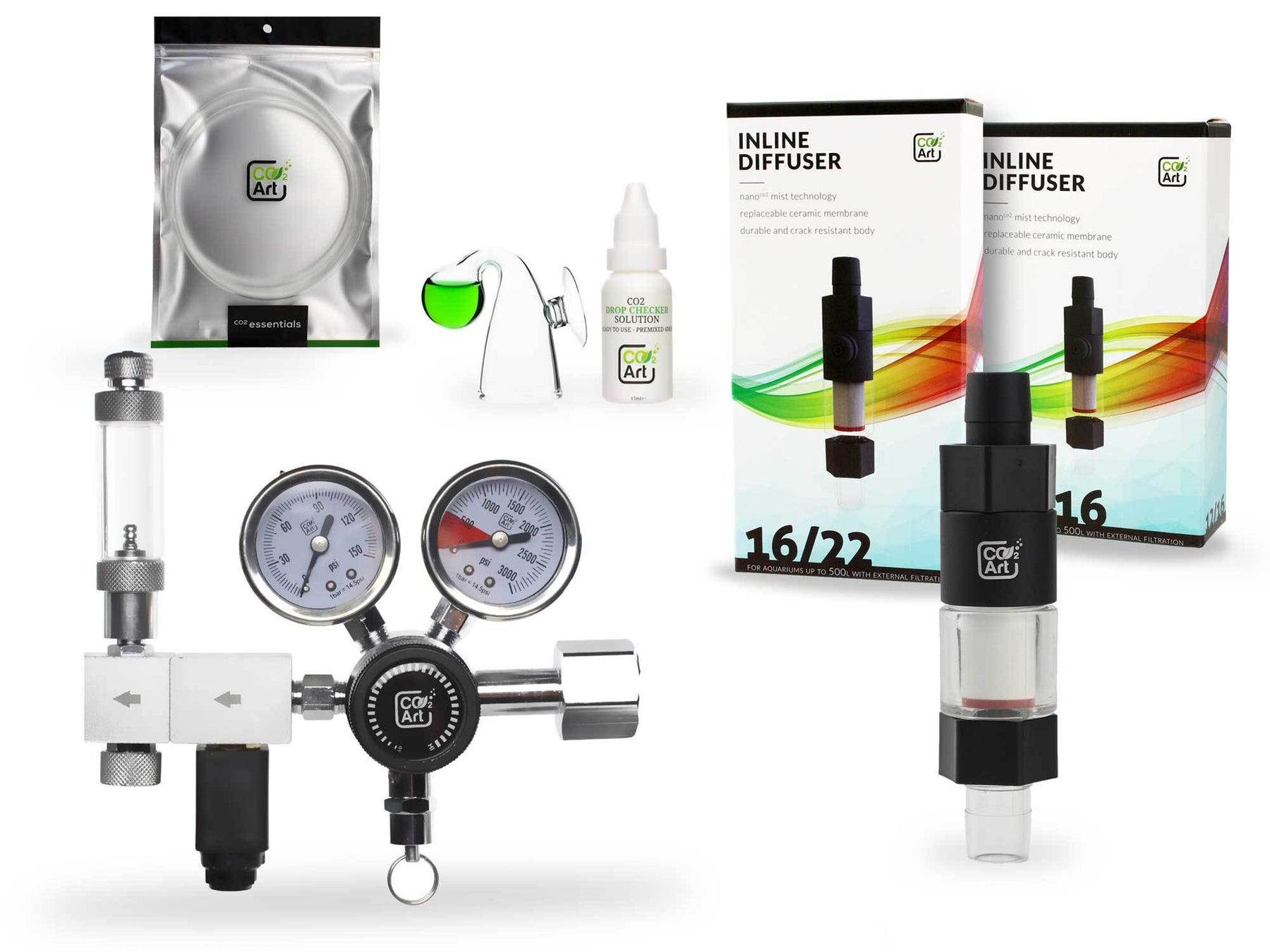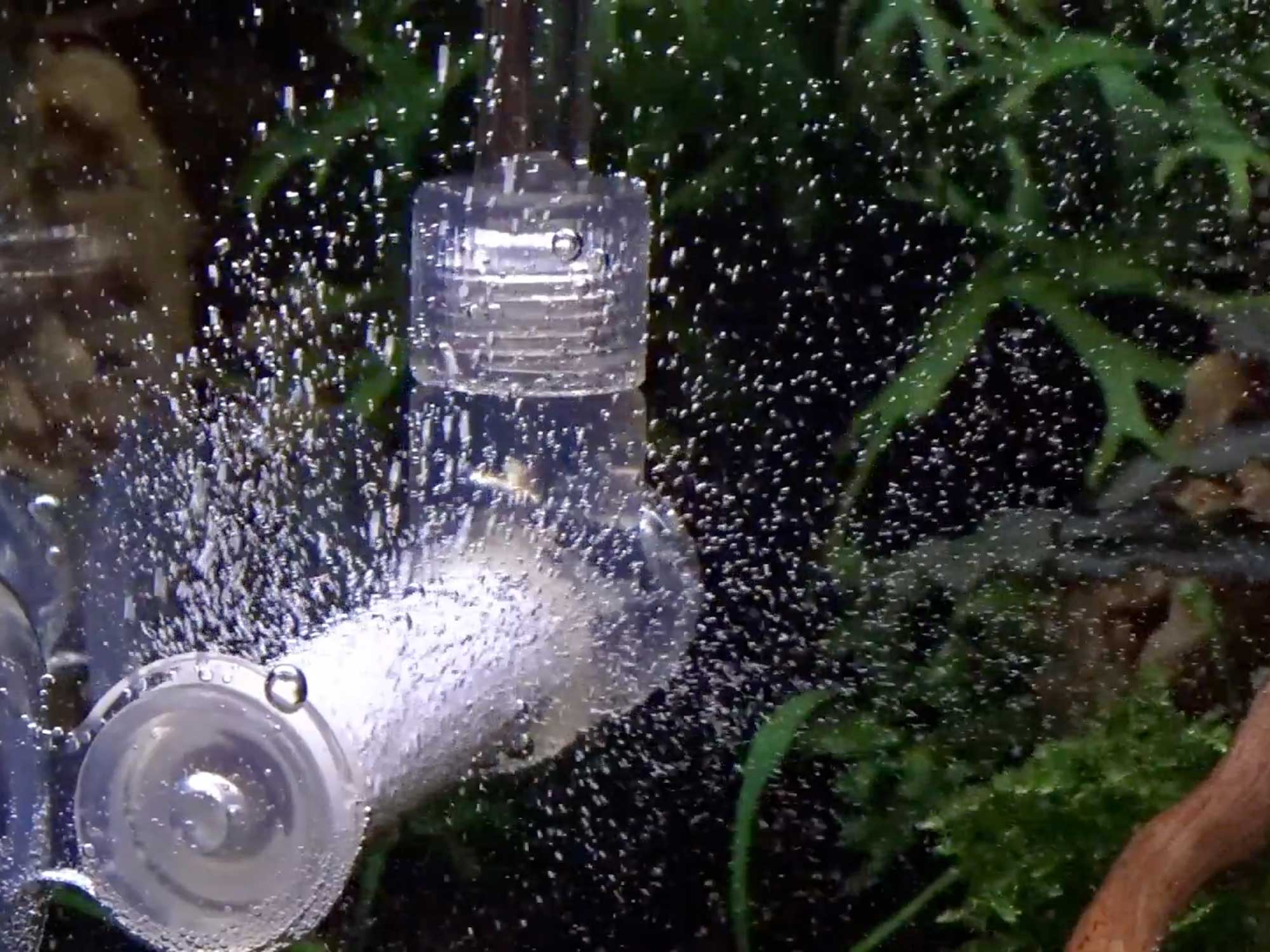Symptoms of minerals deficiencies in planted aquarium
In the world of aquatic gardening, maintaining a balance of essential minerals is crucial for the health and growth of aquarium plants. Aquarium plant deficiencies can lead to various symptoms that not only affect the aesthetics of the tank but also the overall health of the aquatic ecosystem. By understanding and addressing these deficiencies, aquarists can ensure their plants thrive and contribute positively to the environment.
Minerals such as iron, calcium, magnesium, and others play vital roles in the physiological processes of aquatic plants. When these aquarium minerals are lacking, plants exhibit specific symptoms that indicate a need for intervention. This article delves into the common symptoms associated with mineral deficiencies and how to address them effectively.
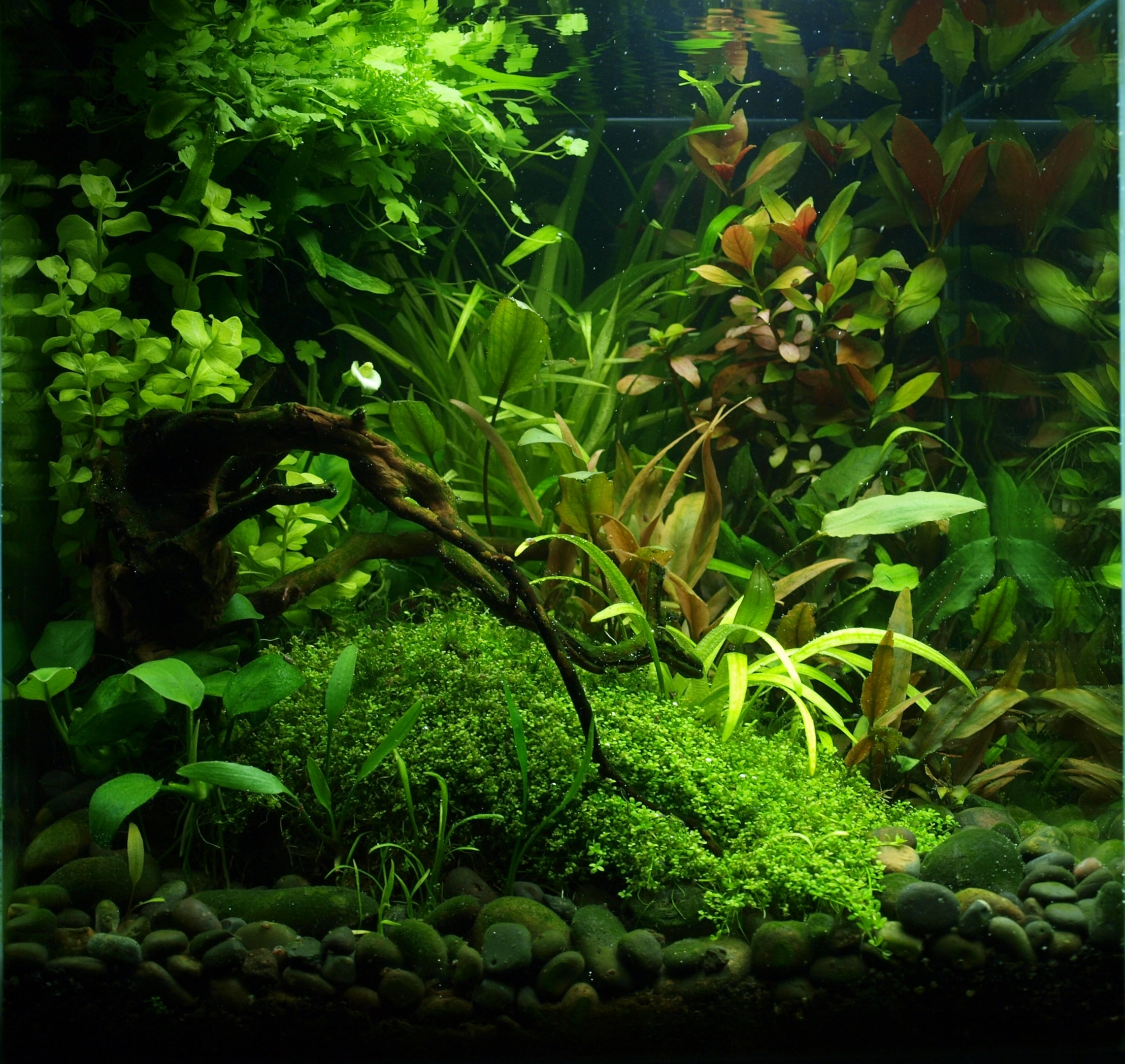
Iron (Fe) Deficiency Symptoms
Iron is a critical micronutrient for aquatic plants, essential for chlorophyll production and overall plant health. Iron deficiency in aquarium plants often presents as chlorosis, where new leaves turn yellow while the veins remain green. This condition impairs photosynthesis, leading to stunted growth and poor plant vitality.
To correct iron deficiency, aquarists can use iron supplements designed for aquatic environments. Regular monitoring of iron levels is important to maintain a balanced concentration, preventing both deficiencies and toxicities. Addressing iron deficiency ensures robust and vibrant plant growth, enhancing the overall health of the aquarium.
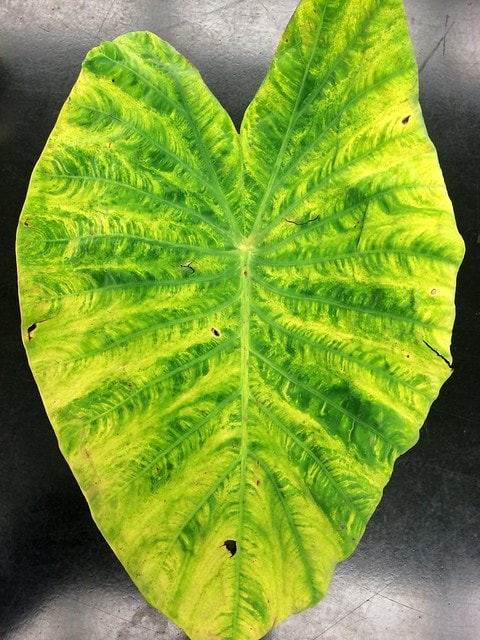
Calcium (Ca) Deficiency Symptoms
Calcium is essential for the structural integrity of plant cell walls and overall growth. In a planted aquarium, calcium deficiency often manifests as distorted or stunted new leaves. In severe cases, plants may exhibit necrotic spots or die off, compromising the health of the entire aquarium.
To combat calcium deficiency, aquarists should ensure their water contains sufficient calcium levels. This can be achieved by using calcium-rich substrates or adding calcium supplements. Regular water testing helps maintain optimal calcium levels, promoting healthy and resilient plant growth.
Magnesium (Mg) Deficiency Symptoms
Magnesium is crucial for chlorophyll production and enzyme activation, playing a key role in photosynthesis. Magnesium deficiency in aquarium plants is commonly identified by inter veinal chlorosis, where the areas between leaf veins turn yellow while the veins themselves remain green.
To address magnesium deficiency, aquarists can add magnesium supplements to their aquarium. Ensuring a balanced nutrient environment with appropriate magnesium levels supports robust photosynthesis and overall plant health. Regular monitoring and adjustments can prevent recurrence of deficiencies, keeping plants vibrant and healthy.
Potassium (K) Deficiency Symptoms
Potassium plays a critical role in various metabolic processes and stress resistance in plants. In planted tanks, potassium deficiency often manifests as yellow or brown edges on leaves, weak stems, and overall poor plant health. Potassium deficiency is particularly common in fast-growing plants that have higher nutrient demands.
To address potassium deficiency, aquarists can add potassium supplements or use all in one fertilisers that provide a balanced mix of nutrients. Regular monitoring of water parameters and ensuring adequate potassium levels can prevent nutrient deficiencies, promoting the healthy growth of aquatic plants.
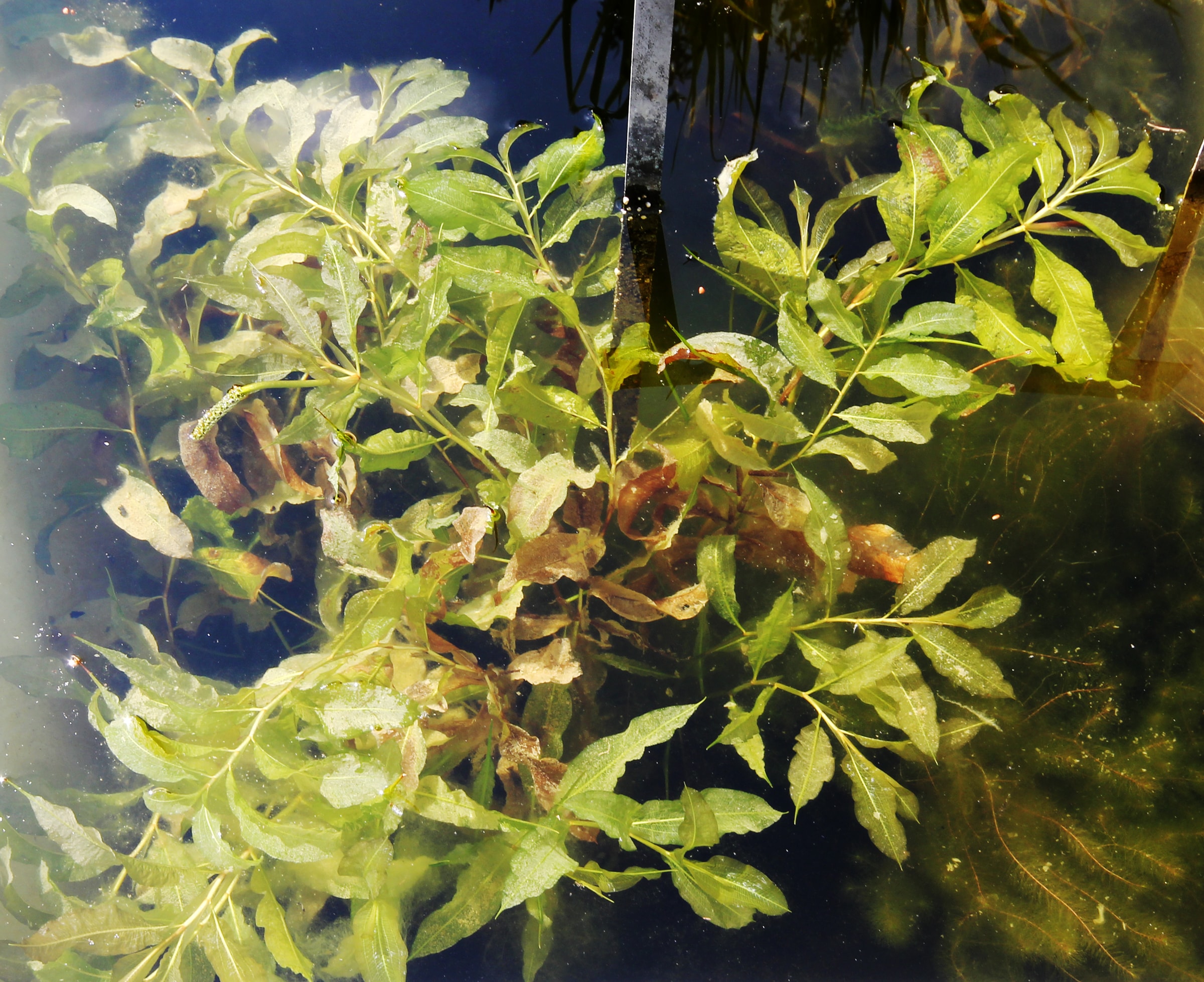
Phosphorus (P) Deficiency Symptoms
Phosphorus is vital for energy transfer, root development, and overall plant growth. Phosphorus deficiency in planted tanks is often indicated by dark green or purple hues on leaves, slow growth, and poor root development. This nutrient deficiency can severely impact the health of aquatic plants if not addressed promptly.
To correct phosphate deficiency, aquarists should consider using phosphorus supplements or all in one fertilisers that include phosphorus. Ensuring a balanced supply of phosphorus and other essential nutrients helps maintain the health and vitality of the planted tank, encouraging healthy growth and robust root systems.
Sulfur (S) Deficiency Symptoms
Sulfur is essential for protein synthesis and overall plant structure. Sulfur deficiency in planted aquariums often results in pale or yellowing leaves, particularly affecting new growth. Plants may exhibit stunted growth and poor development if sulfur levels are inadequate.
To address sulfur deficiency, aquarists should ensure their nutrient regimen includes sulfur, either through specific sulfur supplements or comprehensive all in one fertilisers. Regular water changes and monitoring water parameterscan help maintain balanced sulfur levels, promoting healthy growth and robust plant structures.
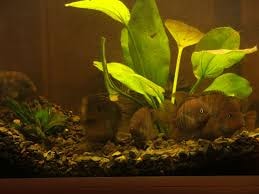
Nitrogen (N) Deficiency Symptoms
Nitrogen is a fundamental nutrient for plant growth, playing a key role in chlorophyll production and overall vitality. Nitrogen deficiency in planted aquariums is characterized by pale yellow leaves, especially on older growth, and slow growth. This nutrient deficiency can lead to a significant decline in plant health and vigor.
To correct nitrogen deficiency, aquarists can use nitrogen-rich fertilizers or all in one fertilisers that ensure a balanced supply of nitrogen and other essential nutrients. Maintaining adequate nitrogen levels is crucial for preventing plant nutrient deficiencies and supporting the robust growth and development of aquatic plants in the aquarium.
Manganese (Mn) Deficiency Symptoms
Manganese is vital for photosynthesis and enzyme function in plants. Symptoms of minerals deficiencies in planted aquarium due to manganese deficiency include interveinal chlorosis, where the leaf veins remain green while the areas between them turn yellow. This condition primarily affects new leaves, leading to slow growth and weak plant structure.
To address manganese deficiency, aquarists can use micronutrient supplements specifically designed for planted tanks. Ensuring a balanced supply of manganese and other nutrients helps prevent nutrient deficiencies and supports the healthy growth of aquatic plants.
Zinc (Zn) Deficiency Symptoms
Zinc is crucial for enzyme activity and protein synthesis in plants. A lack of nutrients like zinc often results in stunted growth, small leaves, and poor overall plant health. Symptoms of minerals deficiencies in planted aquarium due to zinc deficiency include distorted leaves and yellowing of new growth.
To correct zinc deficiency, aquarists should use fertilizers that include trace elements, ensuring that all essential micronutrients are available to the plants. Regularly checking and adjusting the nutrient levels in the aquarium can prevent zinc and other nutrient deficiencies, promoting the healthy and vigorous growth of plants.
Copper (Cu) Deficiency Symptoms
Copper is essential for plant health and reproduction, playing a role in various enzymatic processes. When there is a lack of nutrients such as copper, plants may show symptoms like wilting, yellowing of leaves, and poor reproductive development. New growth can be particularly affected, resulting in yellow or translucent leaves.
To address copper deficiency, aquarists can add copper supplements in controlled amounts, as too much copper can be toxic to aquatic life. Using all in one fertilisers that contain copper ensures a balanced supply of this essential nutrient, helping to prevent plant nutrient deficiencies and supporting overall plant vitality.
Boron (B) Deficiency Symptoms
Boron is critical for cell wall formation and reproductive growth in plants. Plant nutrient deficiencies due to boron shortage can lead to brittle, discolored leaves and stunted growth. In severe cases, stem plants may experience tip death and poor root development.
To remedy boron deficiency, aquarists should consider using micronutrient fertilizers that include boron. Ensuring a balanced supply of boron and other essential nutrients promotes healthy cell development and growth in planted tanks, preventing nutrient imbalances and fostering strong, healthy plants.
CO2 Injections and Plant Health
Carbon dioxide (CO2) is a crucial component for photosynthesis and healthy plant growth in aquariums. Carbon deficiency can lead to poor growth, yellowing leaves, and overall weakened plants. Aquarium plant CO2 deficiencyis particularly noticeable in high-light setups where the demand for CO2 is higher.
To address CO2 deficiency, aquarists can implement CO2 injection systems to ensure an adequate supply of carbon dioxide. Properly managing CO2 levels alongside other nutrients ensures that plants can photosynthesise efficiently, promoting vigorous growth and preventing common nutrient deficiencies in planted aquariums.
Conclusion
Maintaining a balanced supply of essential nutrients is vital for the health and growth of plants in aquariums. Symptoms of mineral deficiencies in planted aquariums can include a range of issues such as nitrogen deficiency, potassium deficiency, and phosphorus deficiency, among others. Addressing these deficiencies promptly with appropriate fertilization and monitoring ensures a thriving aquatic environment.
Regularly checking and adjusting water parameters, using more fertiliser when necessary, and ensuring a balanced supply of nutrients help prevent deficiencies and support the overall health of the aquarium. A well-maintained nutrient regimen leads to robust and vibrant plant growth, enhancing the beauty and ecological balance of planted tanks.
Meet our bestseller! The Pro-Elite Series Complete Aquarium CO2 System with New Inline CO2 Diffuser!
